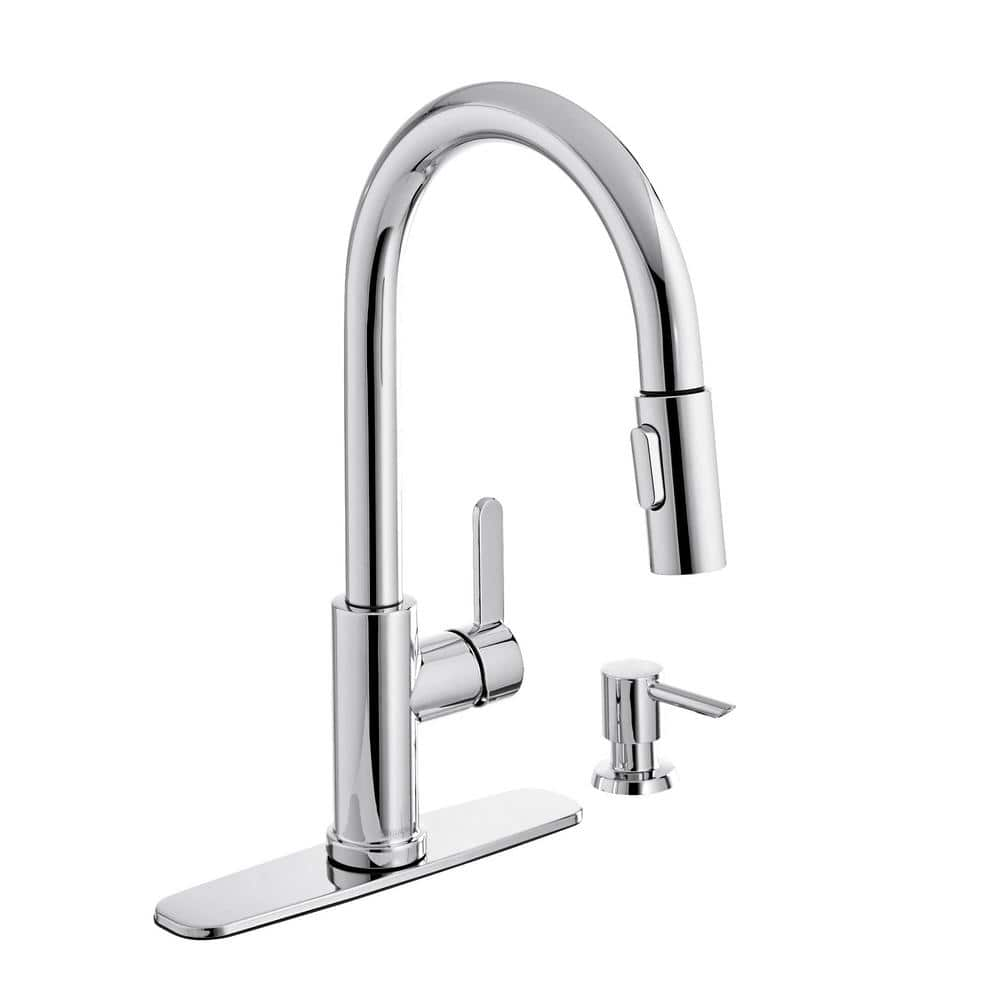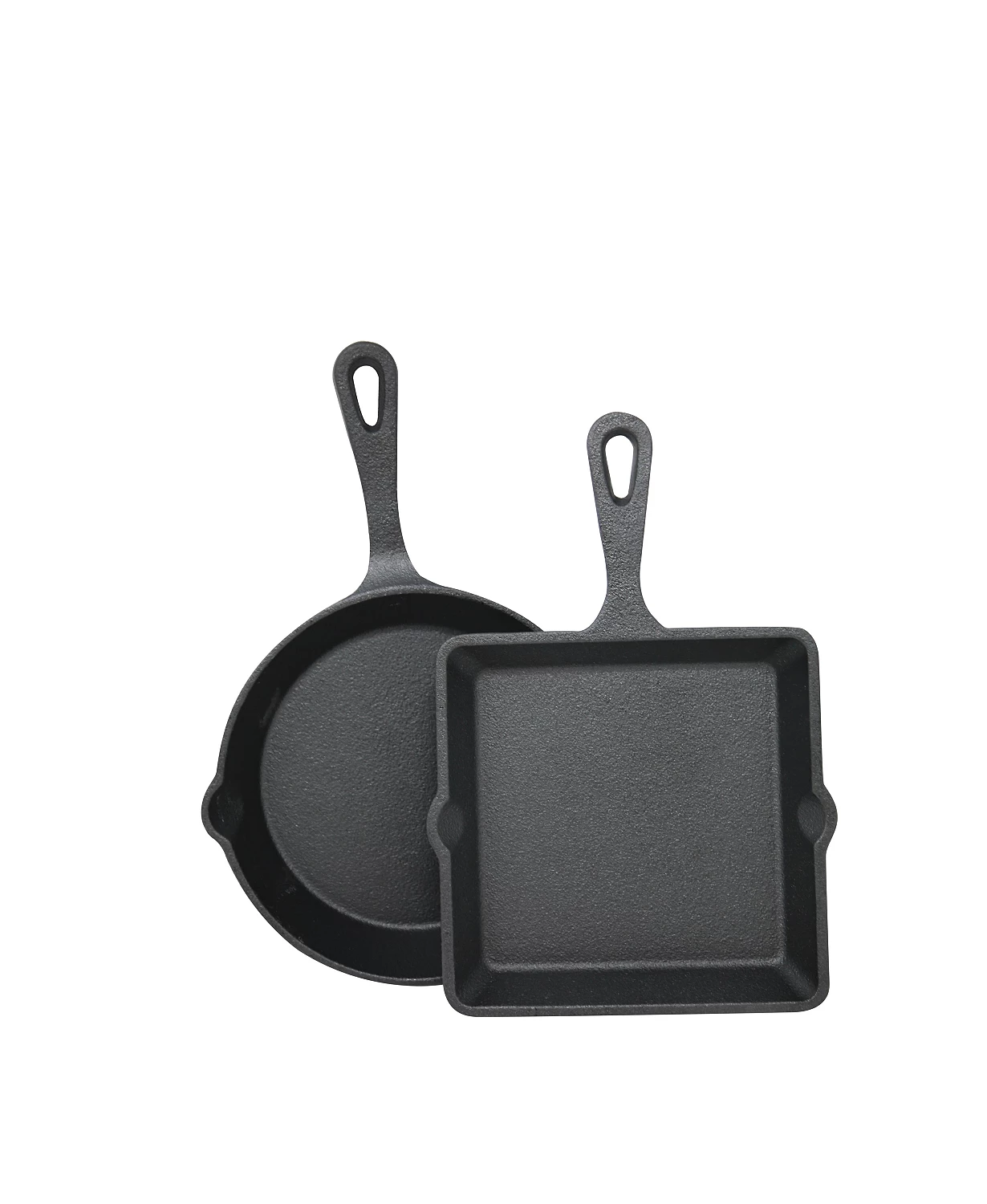Glacier Bay Paulina Single-Handle Pull-Down Sprayer Kitchen Faucet with TurboSpray, FastMount and Soap Dispenser in Chrome
Pull-down sprayer features 1.8 GPM & powerful TurboSpray setting. Exclusive FastMount for quick and easy installation. Backed by Glacier Bay limited lifetime warranty.
The Paulina Single-Handle Pull-Down Sprayer Kitchen Faucet with Soap Dispenser in Chrome is the perfect faucet for your Farmhouse Style kitchen or to complement any other decor style. Easy to use with a single handle design, this faucet has a convenient pull-down spray wand with 2-spray modes and a long reach that makes easy work of kitchen tasks. The pull-down sprayer features an aerated spray and a new TurboSpray that is exclusive to Glacier Bay. Featuring a ceramic disc cartridge for drip free performance, the 1.8 GPM flow rate also provides excellent water pressure for your cleaning needs. This kitchen faucet also includes the exclusive FastMount mounting system to make installation quicker and easier.
- Chrome finish for a cool reflective look
- Single-handle faucet design for quick and easy water control with a single lever
- High-arc spout swivels 360 degrees for complete sink access
- Pull-down spray wand features a 59 in. hose for a 12 in. reach to clean the bottom of pots quickly and easily
- Featuring TurboSpray which provides focused water columns with 30% more power than your standard pull-down faucet, also includes an aerated spray
- 1.8 GPM flow rate
- 36 in. supply hose length with 32 in. workable supply hose length with a 3/8 in. connection
- Exclusive FastMount mounting system helps make installation quicker and easier
- Soap dispenser included
- Limited lifetime warranty
Additional information
| Connection size (in.) | 3/8 In. |
|---|---|
| Extended Hose Length (in.) | 59 |
| Faucet Height (in.) | 16.54 |
| Spout Height (in.) | 8.3 |
| Certifications and Listings | IAPMO Certified |
| Manufacturer Warranty | Limited lifetime warranty |






by Sabrina
I love this faucet with the pull down sprayer. works great and has a soap dispenser.
by Chris
Love easy to install.